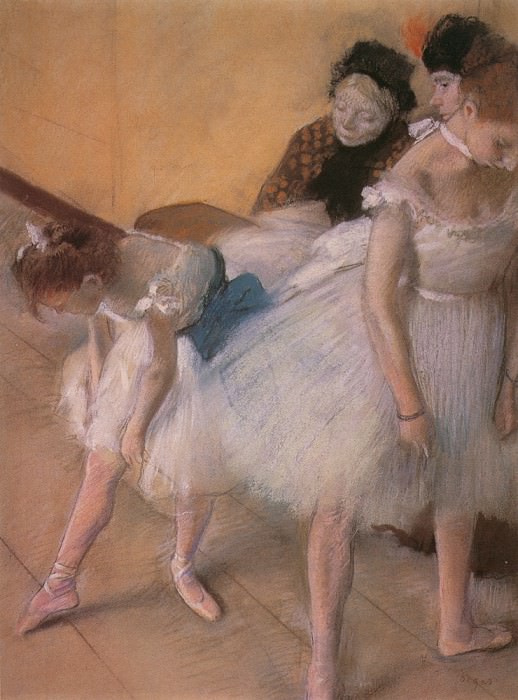Exploring the World of Norman Rockwell's Art
Norman Rockwell, a name synonymous with American culture and artistry, was an illustrator and painter whose works have captured the essence of mid-20th-century America. His art, renowned for its vivid storytelling and keen observations of everyday life, remains a significant influence on American art and culture. This exploration delves into the distinctive elements, themes, and impact of Norman Rockwell's art.
Early Life and Influences
Born in New York City on February 3, 1894, Norman Rockwell displayed artistic talent from a young age. He attended the New York School of Art, the National Academy of Design, and the Art Students League. His early works were influenced by classical European art and the illustrations of American artist Howard Pyle. These formative years were crucial in developing Rockwell's unique style, characterized by meticulous attention to detail and an ability to convey complex emotions through simple scenes.
The Saturday Evening Post Era
Rockwell's association with The Saturday Evening Post is perhaps the most celebrated period of his career. From 1916 to 1963, he created 321 covers for the magazine, each one a masterpiece in its own right. These covers were not just illustrations but visual narratives that told stories about American life. His works from this era, such as "The Four Freedoms," "The Runaway," and "Rosie the Riveter," encapsulate the values, struggles, and triumphs of the American people during times of peace and war.
Technique and Style
Rockwell's technique was a blend of realism and idealism. He often used live models, sometimes family and friends, to achieve the authenticity in his paintings. His meticulous process involved photographing his subjects, creating detailed charcoal sketches, and then applying layers of oil paint. This method allowed Rockwell to capture lifelike expressions and intricate details, making his characters and scenes relatable and believable.
Themes in Rockwell's Art
Several recurring themes can be identified in Rockwell's work, reflecting his keen observation of American society:
- Everyday Life: Rockwell had a knack for finding beauty and significance in the mundane. Paintings like "Saying Grace" and "The Gossips" highlight the charm of everyday moments.
- Patriotism: Many of Rockwell's works, particularly during World War II, focused on patriotic themes. "The Four Freedoms" series, inspired by President Franklin D. Roosevelt's 1941 State of the Union Address, remains one of his most influential works, depicting the core American values of freedom of speech, freedom of worship, freedom from want, and freedom from fear.
- Social Issues: Later in his career, Rockwell tackled more serious social issues. "The Problem We All Live With," which shows Ruby Bridges, a six-year-old African American girl, walking to a newly desegregated school, is a powerful statement on civil rights and racial equality.
Impact and Legacy
Norman Rockwell's art has left an indelible mark on American culture. His ability to capture the spirit of the times, coupled with his extraordinary technical skill, made his works timeless. His paintings are more than just art; they are historical documents that provide insight into American life, values, and social issues of the 20th century.
Exhibitions and Collections
Rockwell's works have been exhibited in numerous prestigious institutions, including the Smithsonian American Art Museum and the Norman Rockwell Museum in Stockbridge, Massachusetts. The museum, dedicated to his legacy, houses the largest collection of original Rockwell art and provides a comprehensive look at his life and work. These exhibitions continue to draw art enthusiasts and historians, underscoring Rockwell's lasting appeal and relevance.
Criticisms and Controversies
Despite his popularity, Rockwell's work has not been without criticism. Some art critics have dismissed his paintings as overly sentimental and idealized. However, others argue that his ability to evoke emotion and tell compelling stories through his art is precisely what makes his work enduring and significant. Rockwell himself was aware of these criticisms but remained committed to his vision of portraying American life with optimism and empathy.
Conclusion
Norman Rockwell's art is a testament to his extraordinary ability to capture the essence of American life. Through his detailed, emotionally resonant paintings, he offered a window into the hopes, dreams, and realities of the American people. His legacy continues to inspire and influence artists and art lovers alike, ensuring that his work will be cherished for generations to come.
In the world of art, Norman Rockwell's contributions stand as a poignant reminder of the power of visual storytelling and the enduring appeal of art that speaks to the human experience. His paintings are not just reflections of the past but are enduring symbols of the values and spirit that define America. As we continue to navigate the complexities of modern life, Rockwell's art remains a source of inspiration, reminding us of the timeless beauty of everyday moments and the enduring power of hope and unity.
















